Steam ovens are your secret weapon in the kitchen. They cook food quickly while keeping it moist and full of flavor—perfect for everything from veggies to meats. If you want healthier meals without sacrificing taste, a steam oven is definitely worth considering.
Steam Ovens
Experience healthier cooking with the versatile technology of steam ovens
Product List
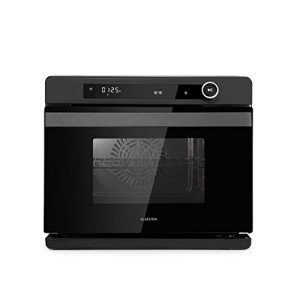
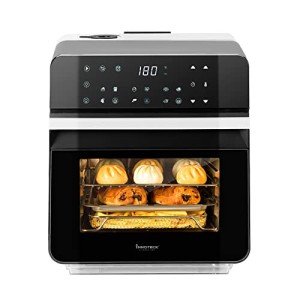
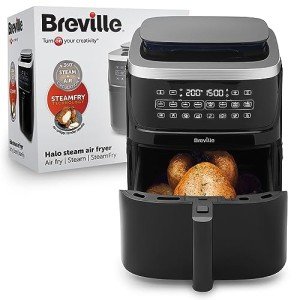
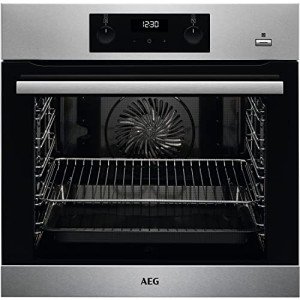
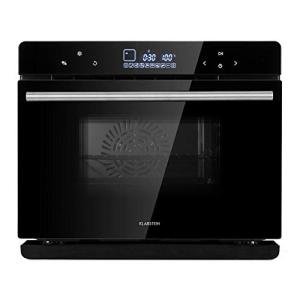
Klarstein 24L Steam Oven
Klarstein
Product Review Score
4.18 out of 5 stars
67 reviewsR$1,883.83 R$1,601.25
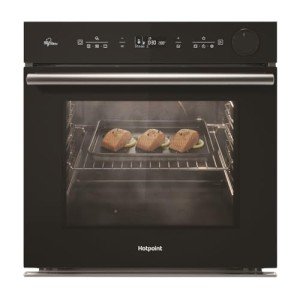
Hotpoint Black Air Fry Oven
Hotpoint
Product Review Score
4.18 out of 5 stars
157 reviewsR$2,432.68
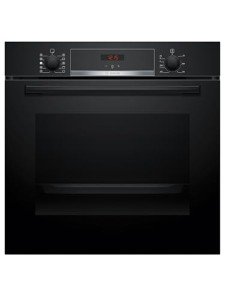
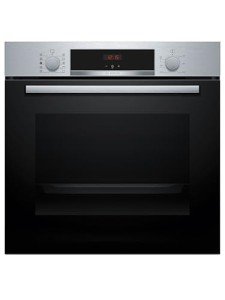
Bosch Series 4 Electric Oven
Bosch
Product Review Score
4.9 out of 5 stars
127 reviewsR$2,781.21 R$2,704.53
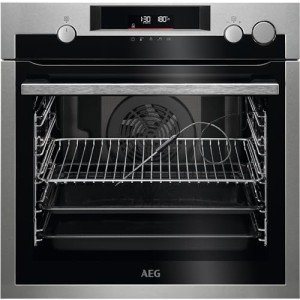
AEG 7000 SteamCrisp Oven
Aeg
Product Review Score
4.35 out of 5 stars
126 reviewsR$5,808.68 R$5,151.16
In recent years, the culinary world has witnessed a surge in innovative kitchen appliances designed to make cooking healthier, more convenient, and more flavorful. Among these innovations, the steam oven has captured significant attention. Once reserved for professional kitchens, steam ovens have increasingly made their way into households worldwide. They promise healthier meals, improved texture, and faster cooking times, all while preserving flavor and nutrients.
This blog post explores what steam ovens are, how they work, their advantages and drawbacks, and whether they may be the right investment for your kitchen.
What is a Steam Oven?
A steam oven is a kitchen appliance that uses water vapor rather than dry heat to cook food. Unlike conventional ovens, which rely on radiant heat and convection to cook meals, steam ovens inject moisture into the cooking chamber. This creates an environment that helps food retain moisture, nutrients, and texture.
Steam ovens can be purely steam-based or combination models. Combination steam ovens (often called combi-steam ovens) allow users to cook with steam, convection, or a mix of both, offering more versatility and greater control over cooking processes.
How Does a Steam Oven Work?
In a steam oven, water is heated in a boiler tank or directly inside the oven cavity to produce steam. This steam envelops the food, cooking it evenly without the need for added oils or fats. Temperatures can range from low (ideal for delicate items like fish) to high (suitable for roasting and baking).
The Benefits of Steam Ovens
Steam ovens offer several compelling advantages, making them an attractive choice for health-conscious home cooks and culinary enthusiasts alike.
1. Healthier Cooking
- Retains vitamins and minerals in vegetables.
- Reduces the need for oil or butter.
- Maintains natural colors and textures, reducing the reliance on added seasonings.
2. Enhanced Food Quality
- Meats stay juicy and tender instead of drying out.
- Breads achieve excellent rise and crusts when steam is combined with convection.
- Leftovers are reheated without becoming soggy or rubbery.
3. Versatility
Steam ovens can be used for:
- Steaming vegetables, seafood, and rice.
- Baking bread with professional-quality crusts.
- Reheating food evenly.
- Defrosting frozen items gently.
4. Energy Efficiency
Steam ovens often cook food faster, which can reduce energy consumption in the long run.
Limitations of Steam Ovens
While steam ovens are highly appealing, they are not without considerations.
- Cost: Steam ovens are more expensive than traditional ovens.
- Capacity: Most steam ovens have a smaller cavity, limiting cooking space.
- Water Maintenance: They require filling a water tank or plumbing connection.
- Learning Curve: Cooking with steam requires adjustments and experimentation.
Steam Ovens vs Conventional Ovens
| Feature | Steam Oven | Conventional Oven |
|---|---|---|
| Cooking Method | Steam or steam + convection | Dry heat (convection or radiant heat) |
| Food Texture | Moist, tender, nutrient-rich | Can be dry or crispy |
| Nutrient Retention | High | Moderate to low |
| Oil/Fat Requirement | Low or none | Commonly required |
| Reheating Quality | Moist and evenly heated | Often dries food out |
| Capacity | Small to medium | Medium to large |
| Cost | Higher | Typically lower |
Types of Steam Ovens
1. Pure Steam Ovens
- Designed for cooking with 100% steam.
- Ideal for vegetables, seafood, rice, and delicate proteins.
2. Combination Steam Ovens
- Allow alternating between steam, convection heat, or both simultaneously.
- Perfect for baking, roasting, and versatile cooking needs.
3. Countertop Steam Ovens
- Compact versions suitable for small kitchens.
- More affordable than built-in models.
Best Uses for a Steam Oven
Steam ovens can enhance everyday cooking in several ways:
- Baking bread: Achieves a golden crust and airy inside.
- Cooking fish and seafood: Maintains delicate flavors and prevents overcooking.
- Roasting chicken: Creates crispy skin with juicy meat.
- Steaming vegetables: Preserves nutrients and color.
- Reheating leftovers: Restores original texture and moisture.
- Cooking rice or grains: Achieves perfect, fluffy textures.
Steam Ovens in Modern Kitchens
As health-conscious lifestyles grow, steam ovens continue to rise in popularity. They offer the convenience of fast, nutrient-rich meals without the heavy reliance on fats or oils. With many high-end kitchen brands incorporating steam ovens into their product lines, this appliance is quickly becoming a staple in modern households.
FAQ About Steam Ovens
Q1: Do steam ovens replace regular ovens?
Not entirely. While steam ovens excel at cooking certain dishes, they may not fully replace a conventional oven for large roasts or when cooking for many people. Combination models come closest to being all-in-one solutions.
Q2: Are steam ovens easy to clean?
Yes. Since they use steam, food residue is often looser and easier to wipe away. Some models even feature self-cleaning functions.
Q3: Do they need to be plumbed in?
Not always. Some models feature removable water tanks, while others must be connected to a water line.
Q4: Can you bake cakes in a steam oven?
Yes. Steam ovens (especially combination models) are excellent for cakes, as steam helps maintain moisture and prevent dryness.
Q5: Are steam ovens worth the price?
For those who value healthier meals, convenience, and cooking precision, steam ovens can be a worthwhile investment. However, occasional cooks may prefer conventional ovens due to cost considerations.
Tips for Buying a Steam Oven
When considering purchasing a steam oven, keep these factors in mind:
- Size & Capacity: Choose a model that suits your household size.
- Functionality: Opt for a combi-steam oven if you want versatility.
- Water Supply: Decide between a manual water tank or plumbed version.
- Budget: Steam ovens range widely in price.
- Brand & Warranty: Invest in trusted brands with strong after-sales support.
Steam ovens bring professional-level cooking into the home, offering health benefits, convenience, and versatility. While the initial investment may be higher, their ability to preserve nutrients, enhance flavors, and reduce cooking times makes them an appealing choice for modern kitchens. Whether you’re an enthusiastic home chef or simply strive for healthier eating, a steam oven could be the next transformative appliance in your culinary journey.